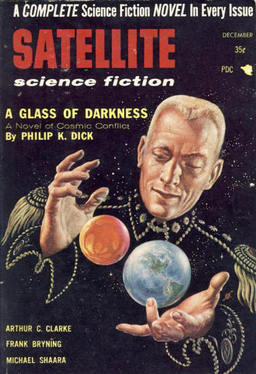A Step Into Dark Realms
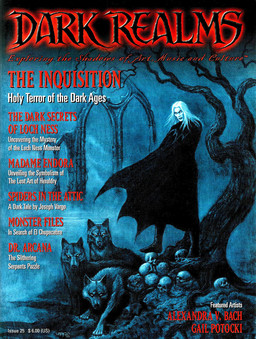 I’ve always been a fan of small press magazines, especially genre magazines. That’s where you frequently find much of the cutting edge fiction and design — they take the kinds of creative risks that larger magazines simply can’t afford to. While I was running my own small press magazine, I didn’t have time to keep up on what was going on at the fringes, of course. And I missed out on a lot. But now that the print version of Black Gate is no longer an ongoing concern, I can afford more time to look around.
I’ve always been a fan of small press magazines, especially genre magazines. That’s where you frequently find much of the cutting edge fiction and design — they take the kinds of creative risks that larger magazines simply can’t afford to. While I was running my own small press magazine, I didn’t have time to keep up on what was going on at the fringes, of course. And I missed out on a lot. But now that the print version of Black Gate is no longer an ongoing concern, I can afford more time to look around.
I bought my first issue of Dark Realms last week. A back issue, #25, cover dated Winter 2007. To be honest, I’m not sure what Dark Realms is all about, but it seems like my thing. The cover has a vampire dude, and promises to explore “The Inquisition” and the “The Dark Secrets of Loch Ness” inside. The subtitle reads “Exploring the Shadows of Art, Music, and Culture.” I’m up for that.
First thing I want to know, of course: is this thing still being published? Call it the ghoulish curiosity of a publisher with his own dead magazine. Sadly, I discovered I’m too late to actually support Dark Realms — the magazine give up the ghost five years ago, in 2008, after an impressive 32 issues.
From what I can tell after spending a few hours with it, Dark Realms is an odd mix of non-fiction, artwork, horror fiction, music reviews, and ads for goth necessities. However, while the magazine is visually very striking, it seems to rely heavily on a small number of contributors.
Issue #25 is a fine example. The moody and effective cover is by Joseph Vargo. On the inside front cover is a house ad for an art book and a tarot deck — both by Joseph Vargo. In the middle of the magazine is another ad, this one for Tales of the Dark Tower, a very professional-looking original anthology based upon characters created by Joseph Vargo. Turn the page and we come to the first fiction piece of the issue: “Spiders in the Attic,” written by… Joseph Vargo (with art by Joseph Vargo).

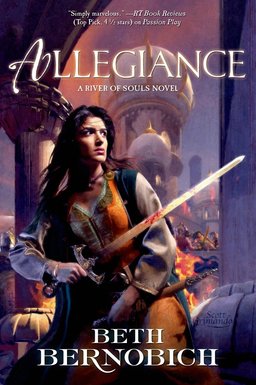
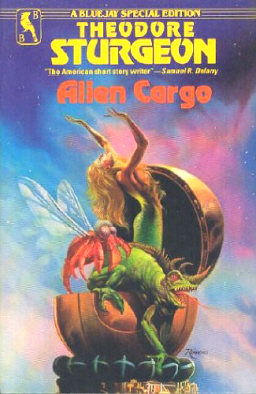

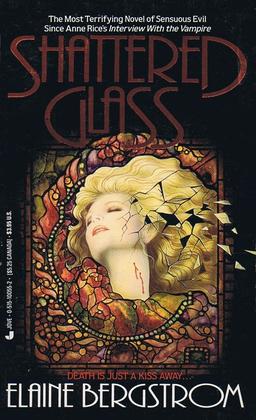
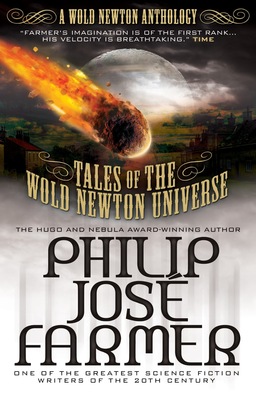

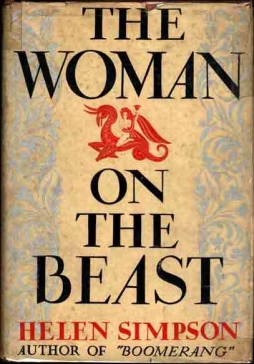 One of the distinct pleasures of used-book sales is finding an old book about which you know nothing, and making a cheap gamble: a literary bet that the story will prove worth the coin. You hope it pays off with unsuspected greatness, but for me as a reader the bet’s covered if I find something memorably strange. Not necessarily greatly strange, but eccentric, interesting, and outside the received narratives of literary histories (and genre histories past). Which brings me to Helen Simpson’s 1933 novel The Woman on the Beast: Seen From Three Angles.
One of the distinct pleasures of used-book sales is finding an old book about which you know nothing, and making a cheap gamble: a literary bet that the story will prove worth the coin. You hope it pays off with unsuspected greatness, but for me as a reader the bet’s covered if I find something memorably strange. Not necessarily greatly strange, but eccentric, interesting, and outside the received narratives of literary histories (and genre histories past). Which brings me to Helen Simpson’s 1933 novel The Woman on the Beast: Seen From Three Angles.